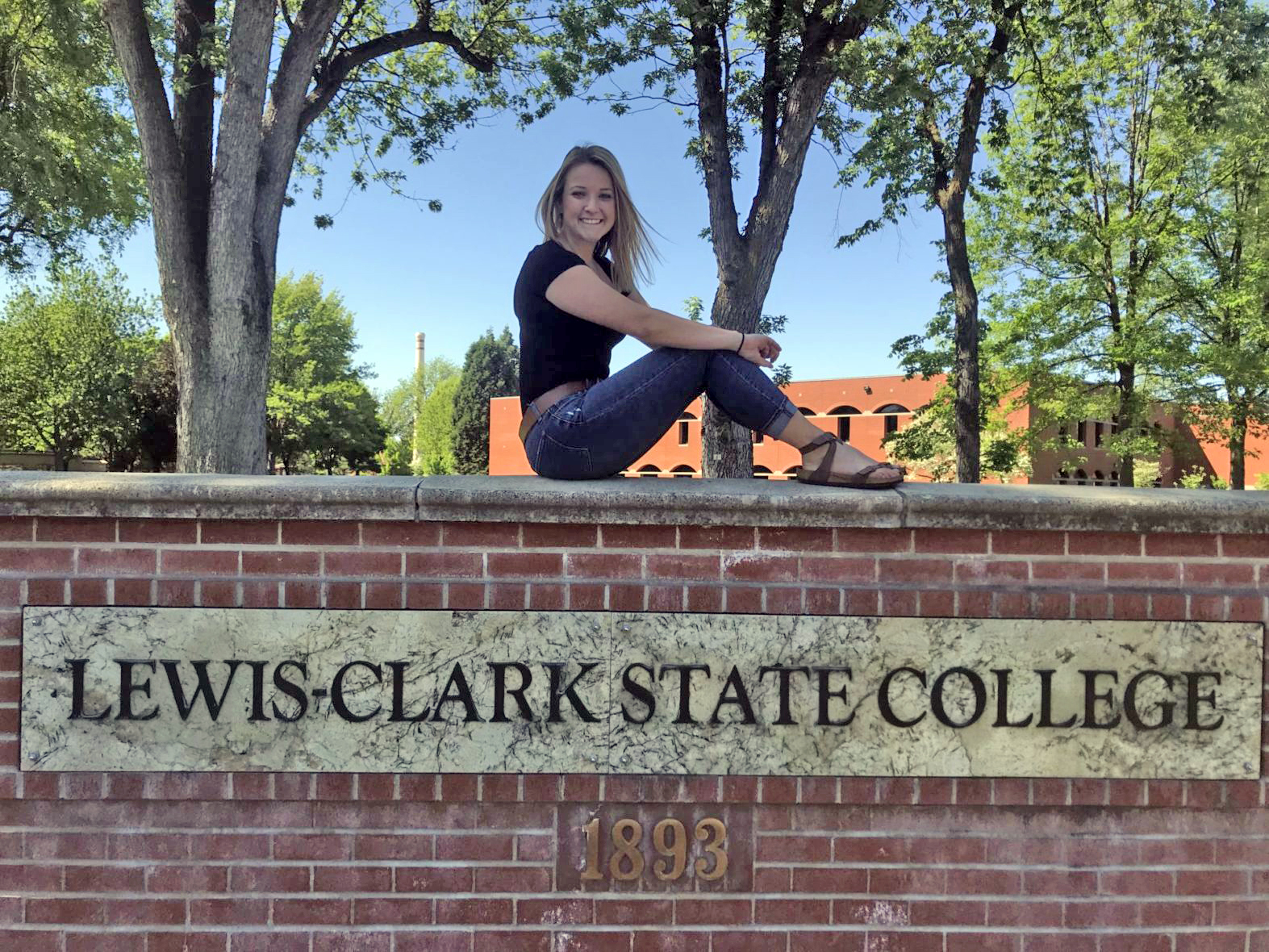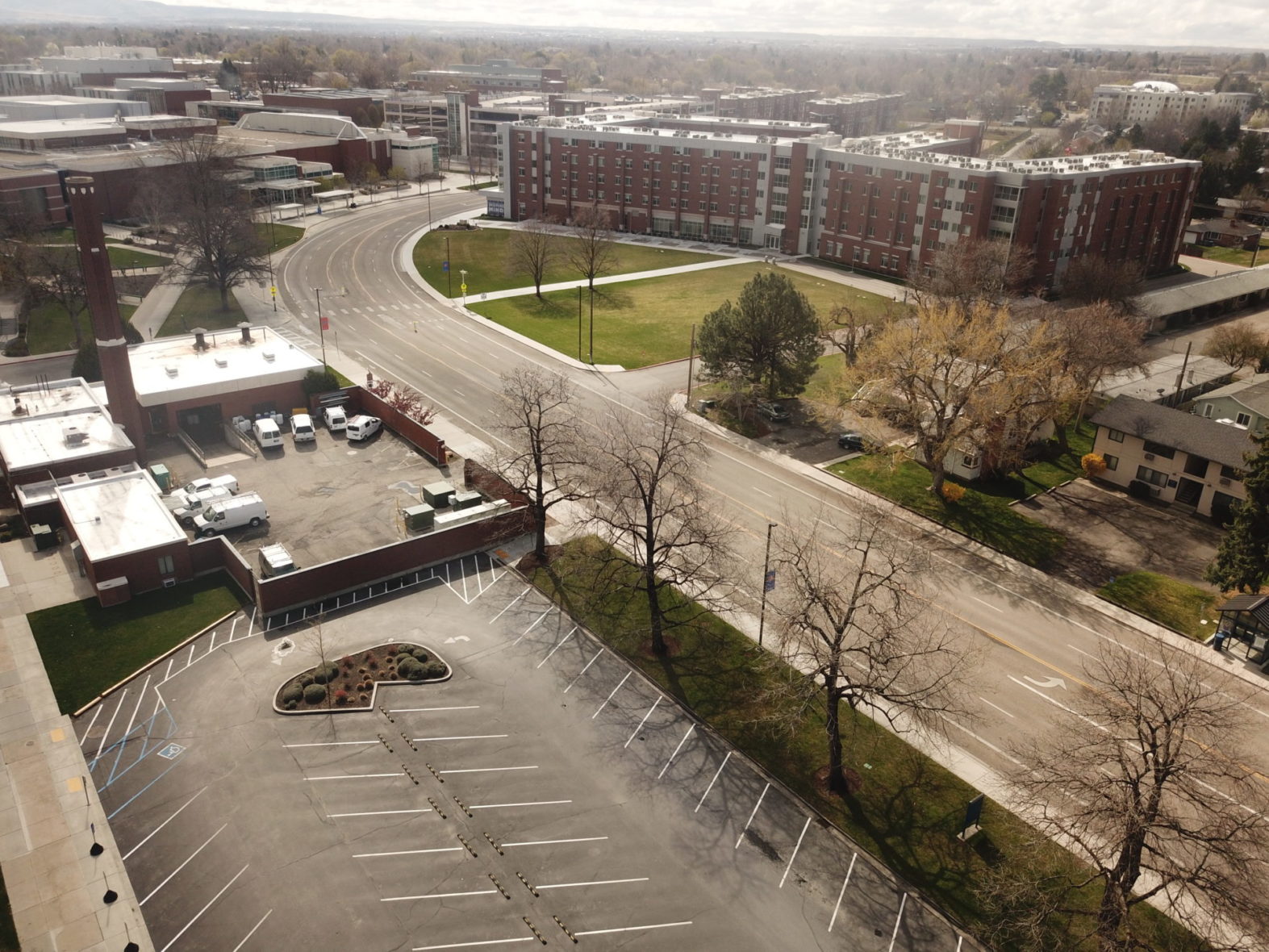
Before the coronavirus outbreak closed down Lewis-Clark State College — and Sidney Sheer had to move back to her family’s eastern Washington wheat farm for the rest of spring semester — the senior psychology major worked part-time in the college’s admissions office.
Sheer helped with campus visits. Many students who toured the Lewiston campus were planning to enroll. Now, even as the college tries to keep these prospective students apprised of the prospects for fall, many just aren’t sure what they can or should do.
“You’re looking for the answers, but no one really knows what’s going to happen,” Sheer said.
The same could easily be said for the college and university system itself.
The biggest questions facing Idaho’s colleges and universities have no clear answers. Will it be safe for students to return to campus this fall? What about aspiring students, like those Sheer met with until just a few weeks ago? Will they follow through on their plans to enroll? When Idaho colleges take their fall headcount, will the numbers crater, pushing the institutions closer to financial peril?
These questions are about as existential as they get.
After all, when you strip away everything else that comprises a college or university, the mission comes down to giving students an education. That life-changing and community-building role is only the more vital during hard times. “Now is not the time to sit out or step out of education,” Lewis-Clark President Cynthia Pemberton said this week. “Now is the time to double down.”
The gambling metaphor isn’t far off, either.
Idaho’s colleges and universities need students to show up on campus, because the institutions’ financial health is riding in the balance. Through a deliberate policy shift — or through neglect, say critics — legislators have moved an ever-growing burden of college costs onto the shoulders of students and parents.
Idaho’s college and university presidents are betting on their institutions, hoping a one-year tuition freeze will draw more students to campus this fall. That decision was announced in December — more than a month before the first coronavirus case was confirmed in the United States, and before the pandemic changed, well, everything.
“Right now, it feels like everything’s been thrown up in the air,” Boise State University President Marlene Tromp said during a State Board of Education meeting Monday.
In normal times, she says, Boise State’s admissions team can forecast enrollment with remarkable accuracy. The projections and reality have trended upward for years. For four straight years, the state’s largest university has smashed its own records for first-time student enrollment, and overall enrollment has grown by 19 percent over five years.

Now, Tromp is telling her budget team to plan for any number of scenarios, including one with “incredibly diminished” enrollment. Some research suggests that students will want to stay closer to home. And if social distancing guidelines remain in place into the fall, universities aren’t going to be able to host large classes or lectures anyway.
The picture is just as murky for the state’s other four-year institutions — including the University of Idaho and Idaho State University, which have been showing some signs of improvement.
An Idaho State marketing and rebranding campaign seemed to be working, President Kevin Satterlee told the State Board, with an uptick in applications and admissions. But now, he says, it’s impossible to tell if those efforts will translate into enrollment.
University of Idaho President C. Scott Green sees a similar picture — lots of interest, but not a lot of willingness to commit. “There’s just a lot of hesitancy out there,” he said. “People are just kind of holding it very close.”
When people aren’t being told to hunker down and self-isolate, students commonly crowd onto college campuses during a downturn. People who are out of work, or fear a layoff, tend to return to school. Traditional college-age students are more likely to enroll rather than take a high school diploma into a tight labor market.
That’s the way it usually works. But nothing feels like the usual.
Sheer knows that all too well. Instead of spending her spring semester getting ready to celebrate with her fellow seniors, she sees them only over Zoom. And only when that works. The other day, a power outage struck her family’s farm while she was taking a lab online. A neighbor had electricity, so she went there to finish her coursework.
Beyond spring semester, her plans are in flux. She and her roommate, a Lewis-Clark junior, have kept the lease on their apartment. Sheer hopes to get her job back in the admissions office and start taking graduate classes online, and her roommate hopes to resume normal coursework on campus. “(But) we don’t know if we can return or not.”
For students and college administrators, uncertainty is the one sure thing these days.
More coverage: The coronavirus outbreak creates a cashflow crunch on college campuses.
Each week, Kevin Richert writes an analysis on education policy and education politics. Look for it every Thursday.
